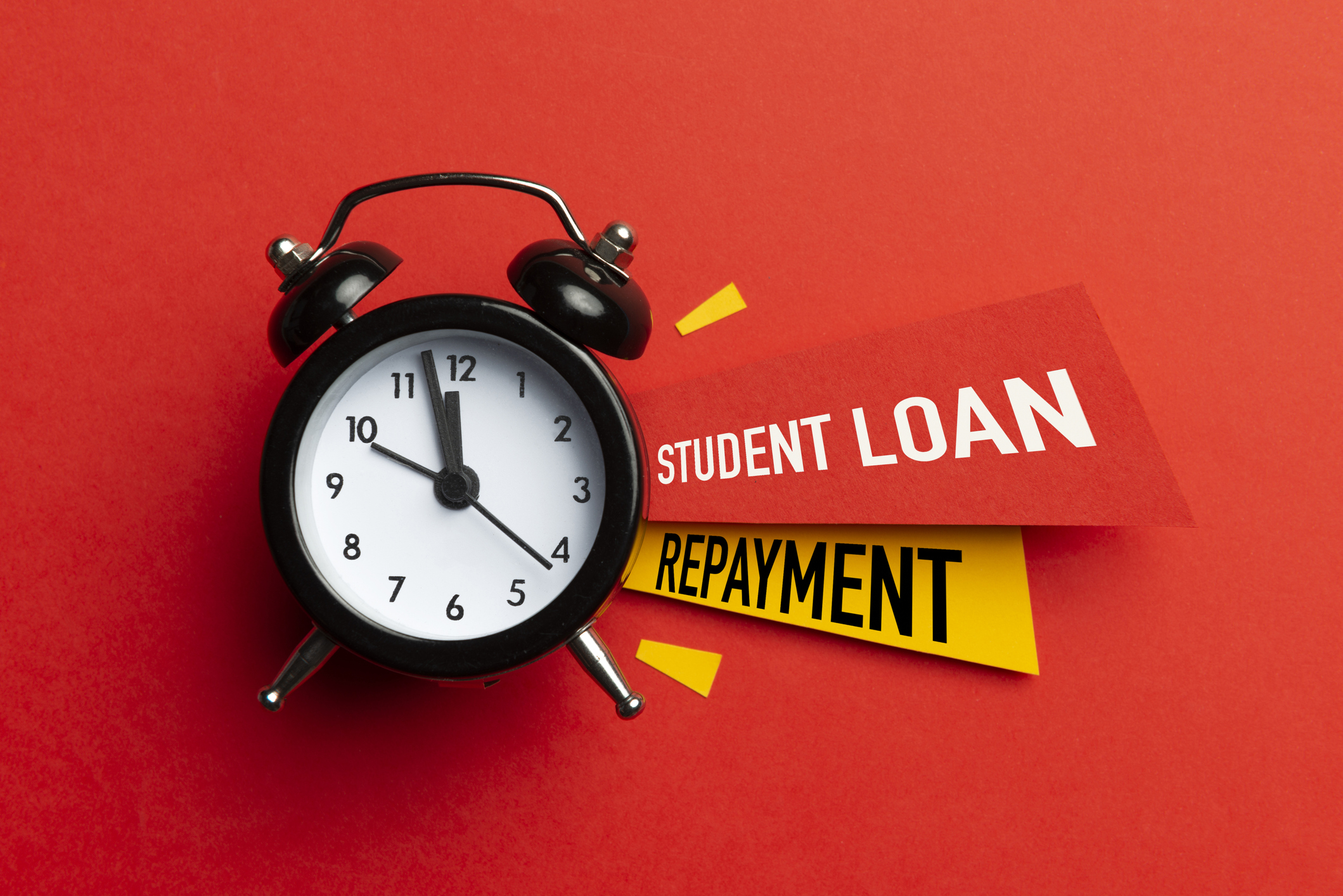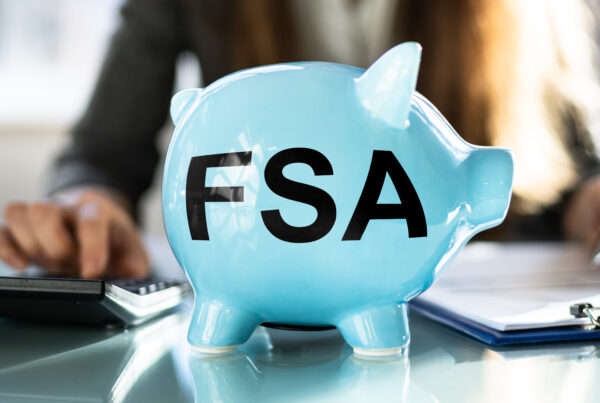Written by: Kristen Jowers, M.S., and Nichole Huff, Ph.D, CFLE
Historically, student loan debt has been on the rise each year. However, 2023 saw the first-ever annual decline in student loan debt, which decreased 2% from 1.76 trillion in 2022. In the last quarter of 2023, student loan debt was $1.73 trillion in the United States. Still, according to the Federal Reserve (2023), student loan debt may be the largest non-mortgage household debt for borrowers. A majority of student loan borrowers (92.8%) have federal student loan balances vs. private educational loans.
Return to Repayment
During the pause of student loan repayment over the past several years, some borrowers were able to take advantage of 0% interest from the CARES Act and pay down/off balances, while others redirected the money earmarked for student loan repayment elsewhere. Around 43.2 million borrowers have federal student loan debt and launched into repayment in October 2023 after a 42-month hiatus.
Since repayments resumed, borrowers have experienced extended hold times, processing delays, and inaccurate billing information, as reported by the Consumer Financial Protection Bureau. Student loan servicers are inundated with income-driven repayment (IDR) plan requests, including 1.25 million pending applications from borrowers requesting an IDR plan in October 2023 (CFPB, 2024). With servicers processing applications and calls from borrowers at record highs, service providers are likely fielding questions from military families about their student loans, including questions about forgiveness options and repayment plans.
SAVE Plan
One of the marked updates from the 2023 resumption of federal student loan repayment is the new income-driven repayment plan, Save on a Valuable Education (SAVE) Plan, which replaced the Revised Pay As You Earn (REPAYE) Plan. You can learn more about the SAVE Plan in this video from Federal Student Aid.
Prior income-driven repayment plans included income exemption protection of up to 150%. The new SAVE Plan includes an income exemption of 225%. According to studentaid.gov, a single borrower with $60,000 in student loan debt, a household size of 2, who makes $60,000 per year will experience a student loan payment of $253 on the Pay As You Earn (PAYE) Plan or Income Based Repayment (IBR) Plan income-driven repayment plans. The same borrower enrolled in the new SAVE Plan would have a payment of $130.
The SAVE Plan extends the 0% interest afforded over the past few years through a government interest subsidy for borrowers making on-time monthly payments. On other repayment plans, including other IDR plans, borrowers may see their balance grow due to interest. There are some examples where the SAVE Plan would not have cost savings for some borrowers. Service providers should utilize the Loan Simulator with military families to calculate student loan debt repayment timelines and payment amounts across all repayment plans.
More updates are on the way!
The current SAVE Plan, which includes a calculation of 10% of a borrower’s discretionary income, is set to lower to 5% in July 2024. Other student loan repayment program updates will roll out in July 2024, including expanded avenues for loan forgiveness. Watch the webinar, Federal Student Aid: Repayment 101 so that you can learn all about these updates and best support military families in their student loan repayment/forgiveness journey.
References
Consumer Financial Protection Bureau. (2024). Issue Spotlight: Federal Student Loan Return to Repayment. https://files.consumerfinance.gov/f/documents/cfpb_federal-student-loan-return-to-repayment-report_2024-01.pdf
Federal Reserve. (2023). Changes in U.S. Family Finances from 2019 to 2022. Evidence from the Survey of Consumer Finances. https://www.federalreserve.gov/publications/files/scf23.pdf
Hanson, M. (March 3, 2024). Student loan statistics. Education Data Initiative. https://educationdata.org/student-loan-debt-statistics
Office of Financial Readiness. (2023). Understanding the Public Service Loan Forgiveness Program. https://finred.usalearning.gov/assets/downloads/FINRED-PublicServiceLoanForgiveness-FS.pdf















